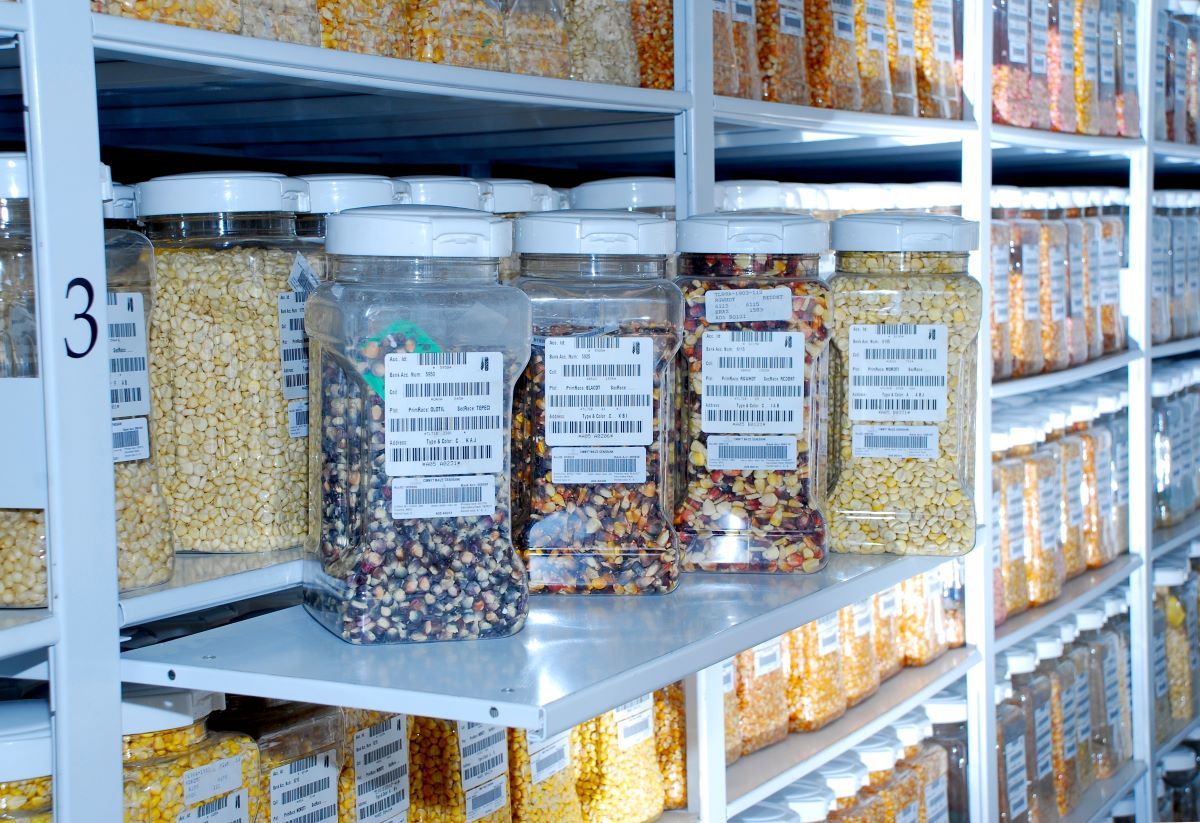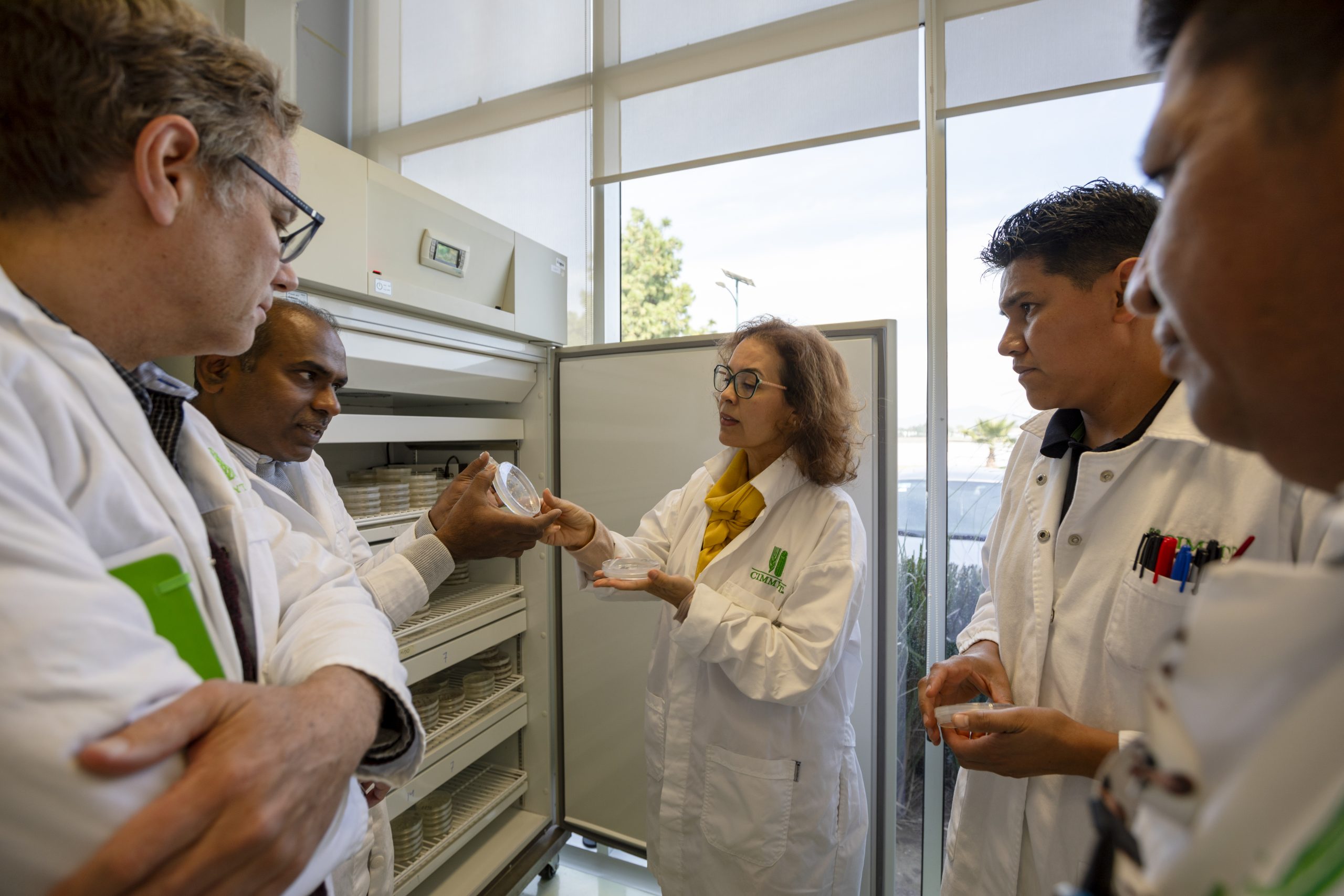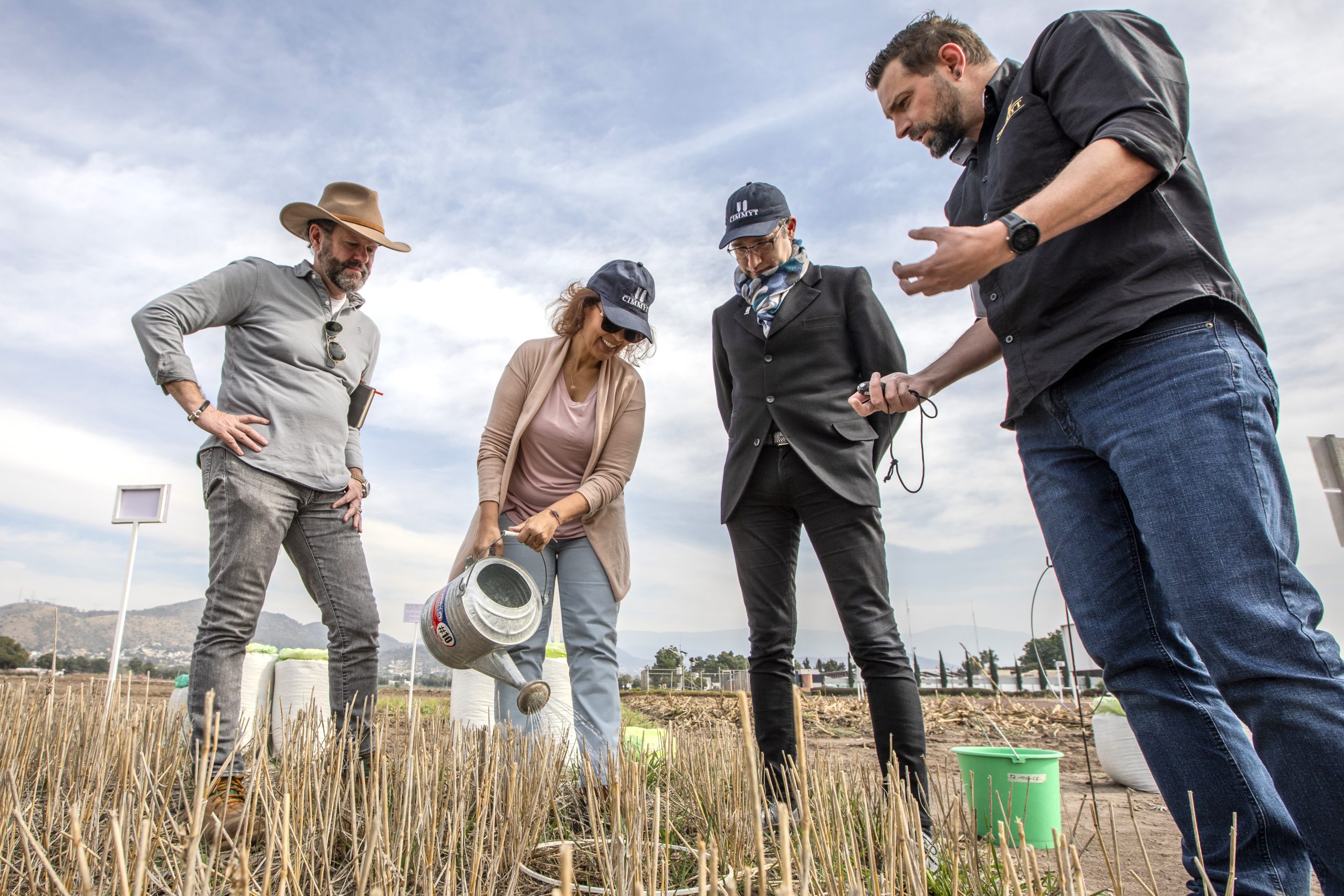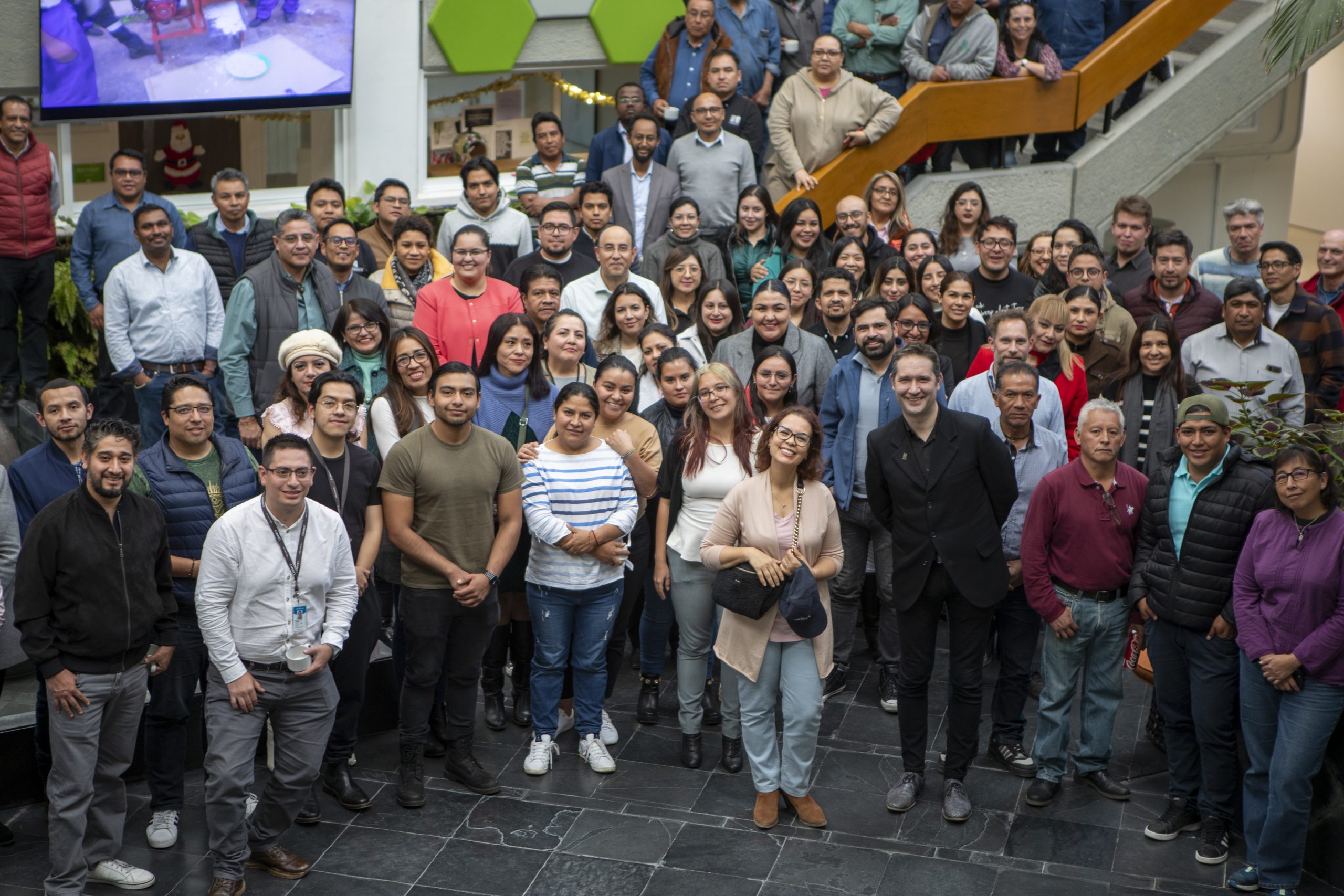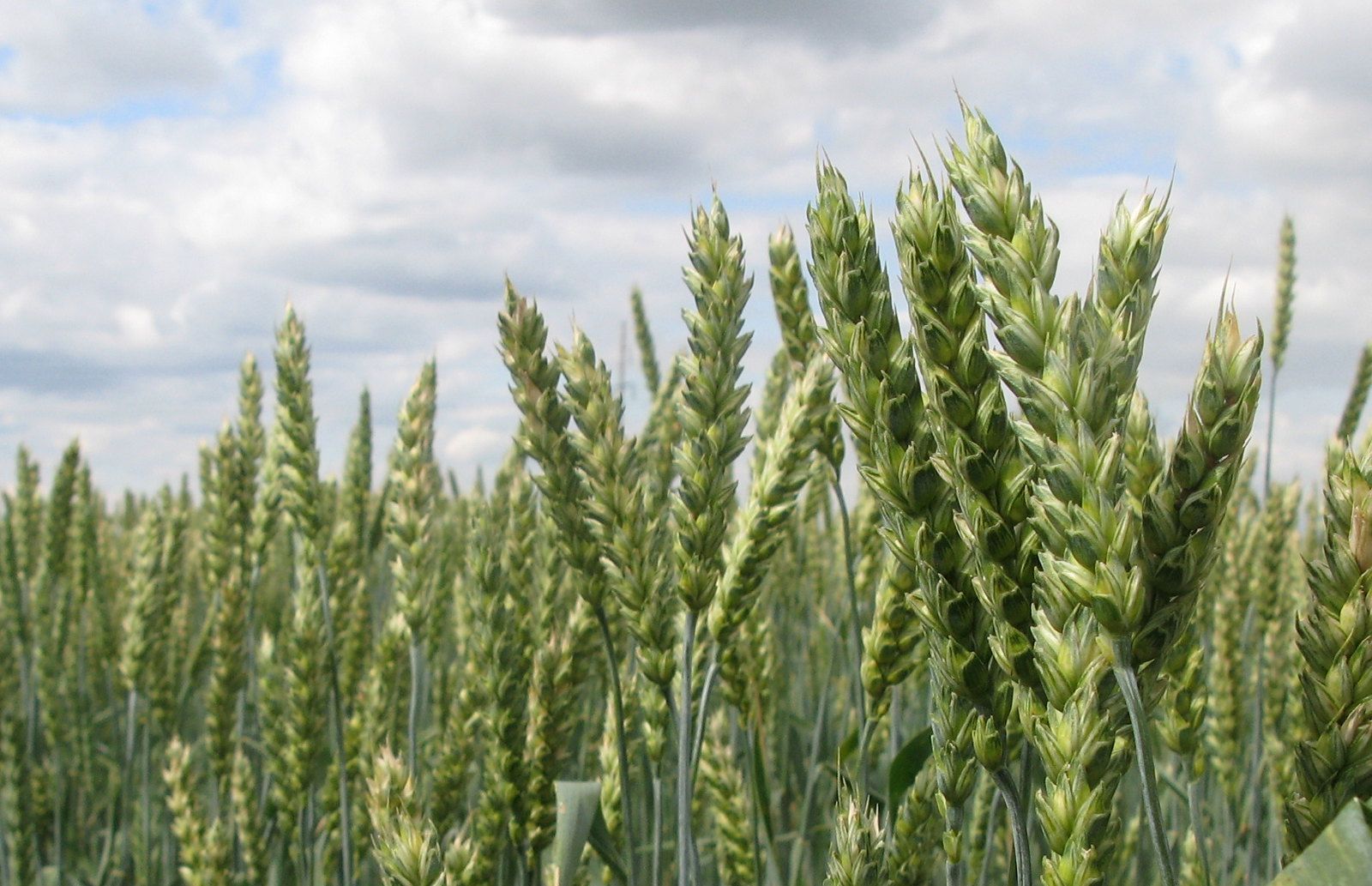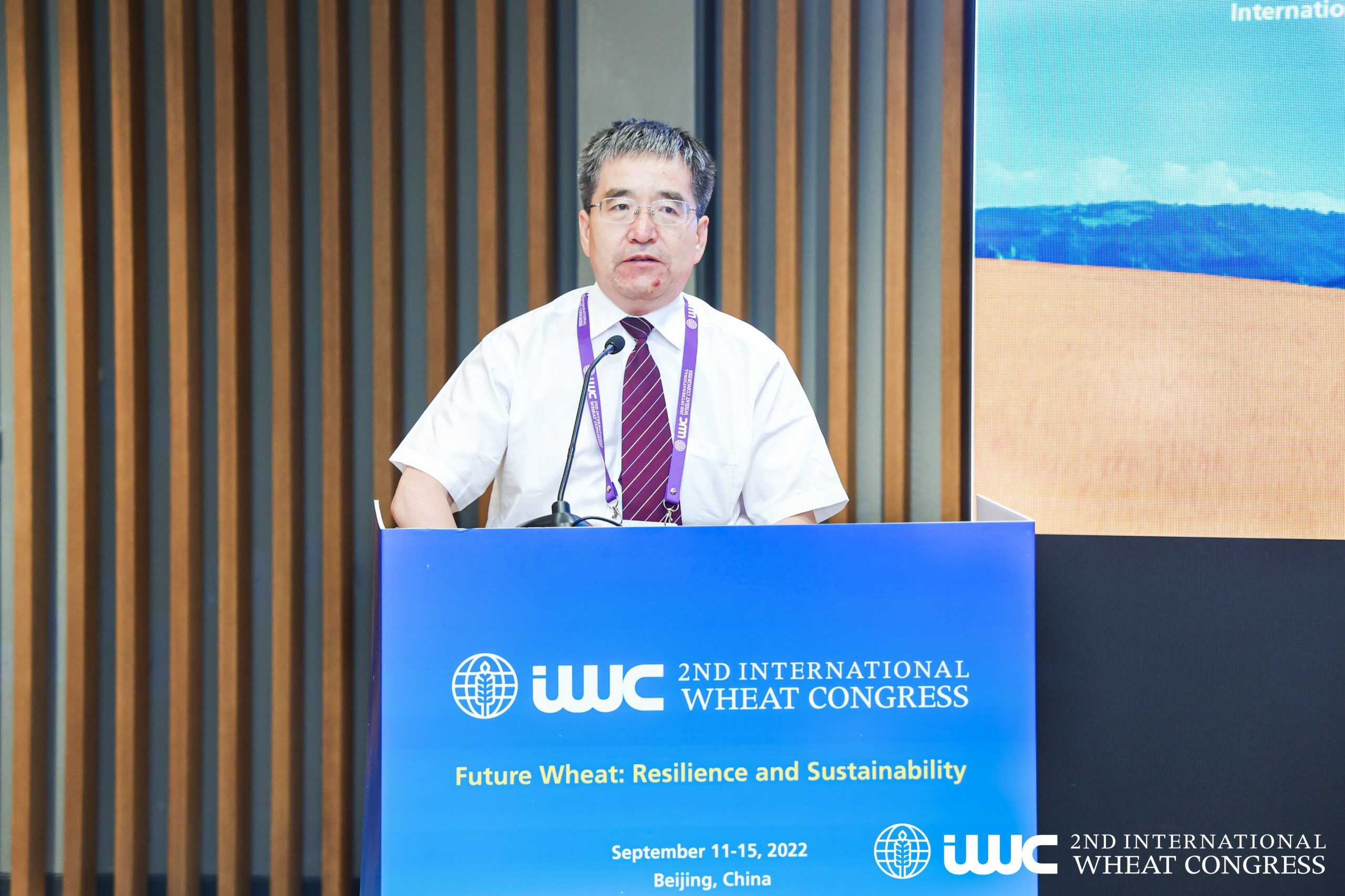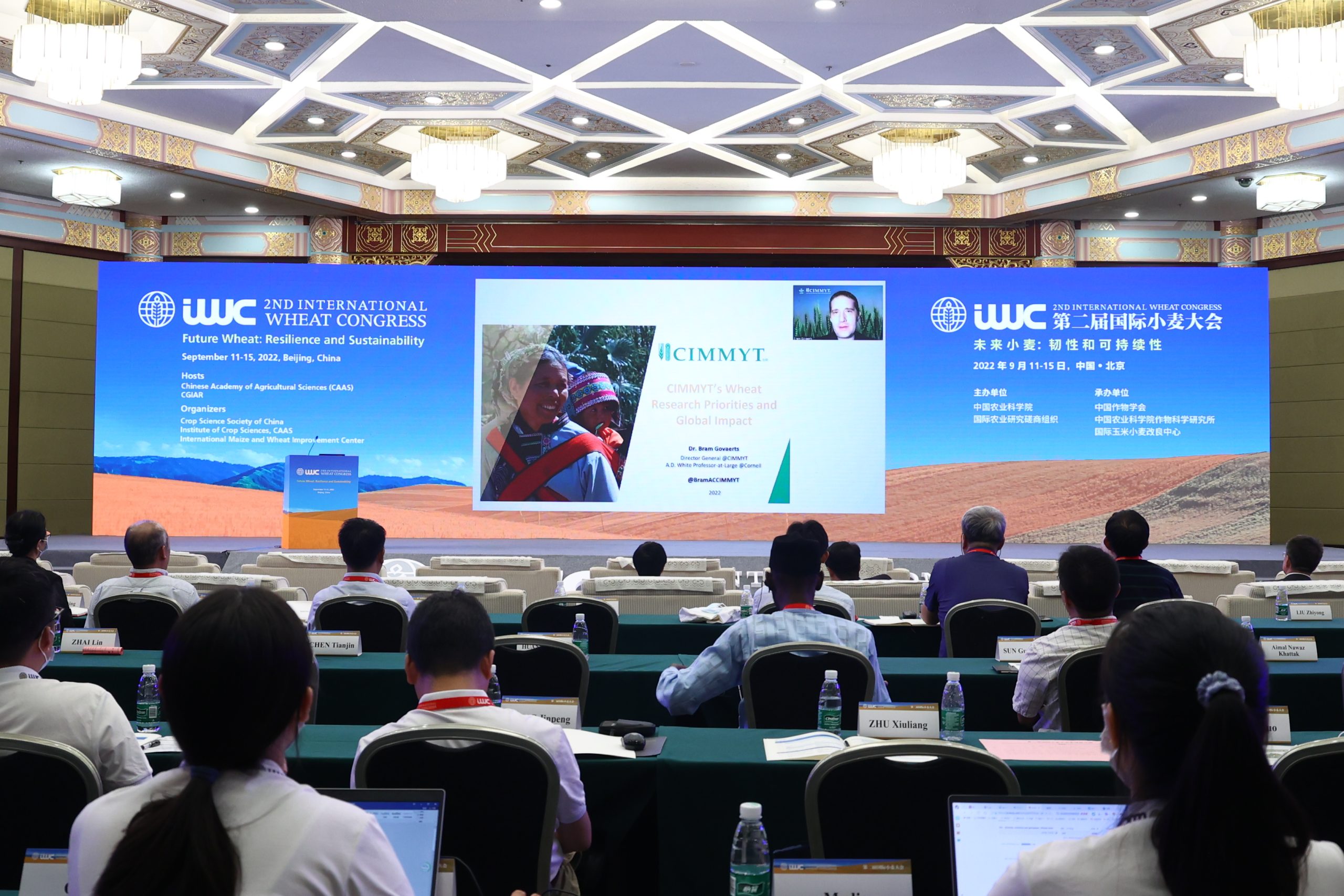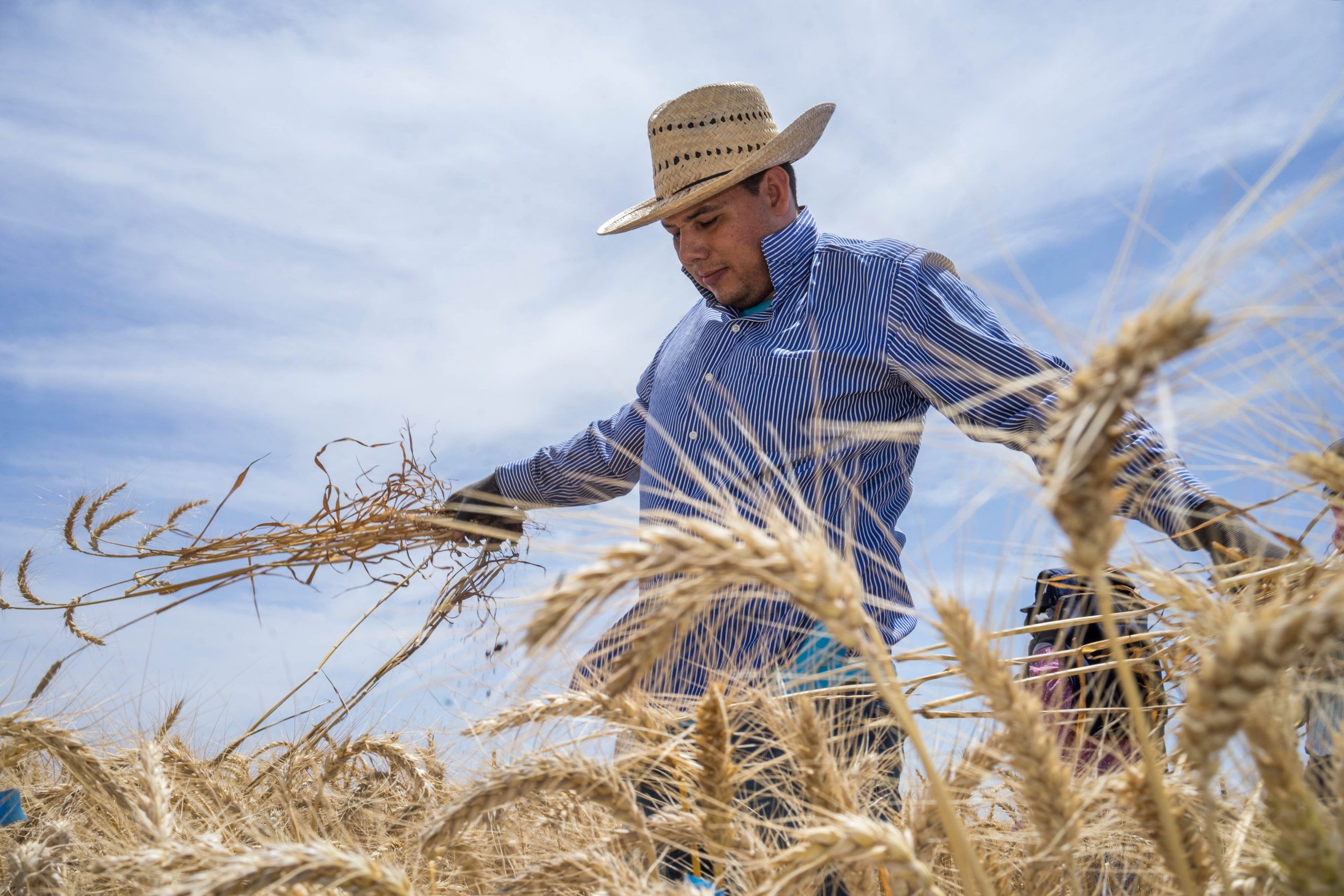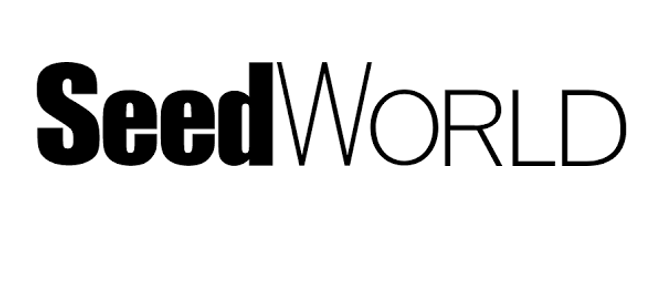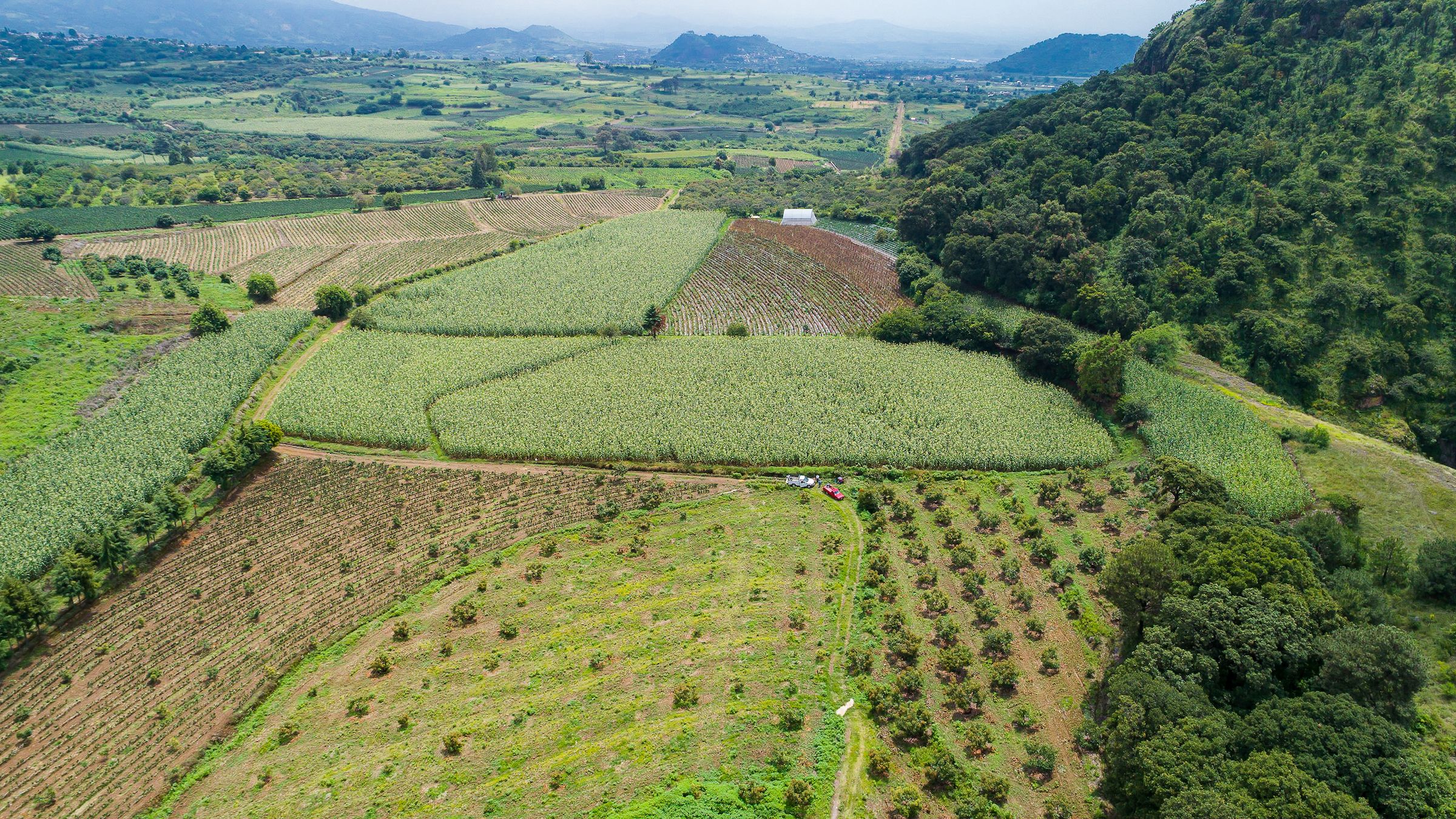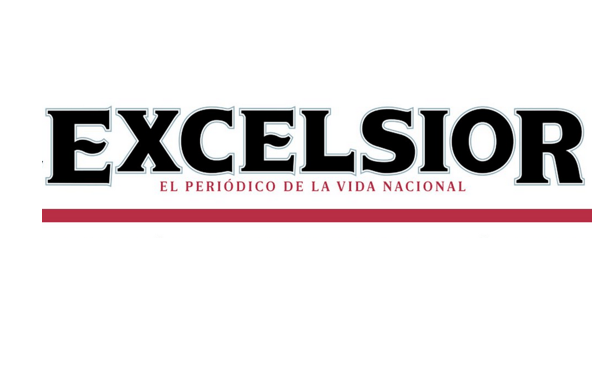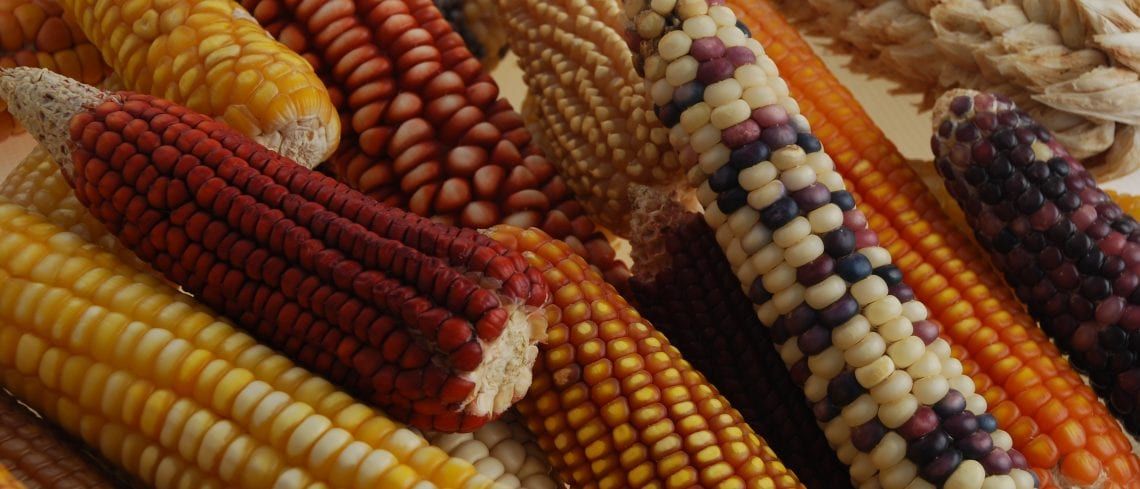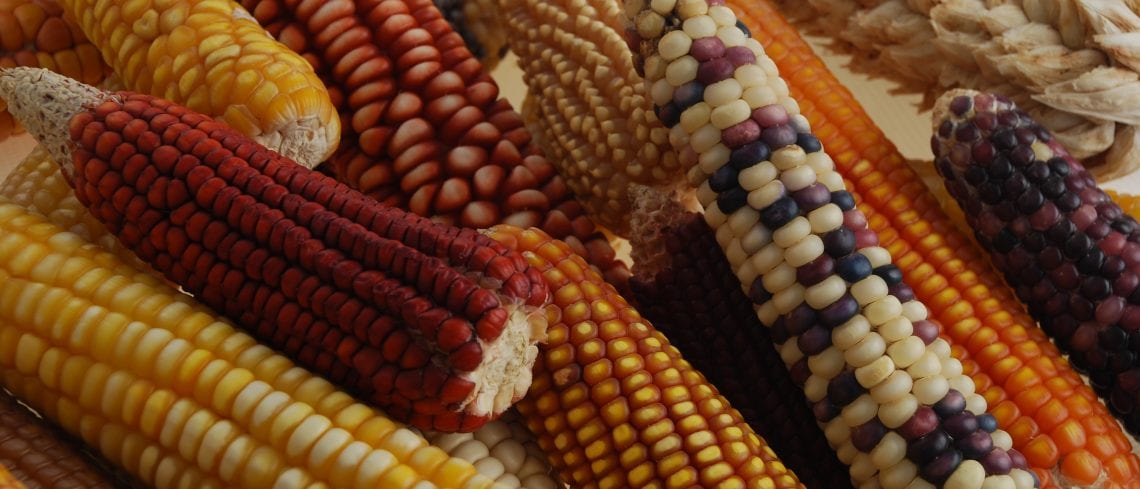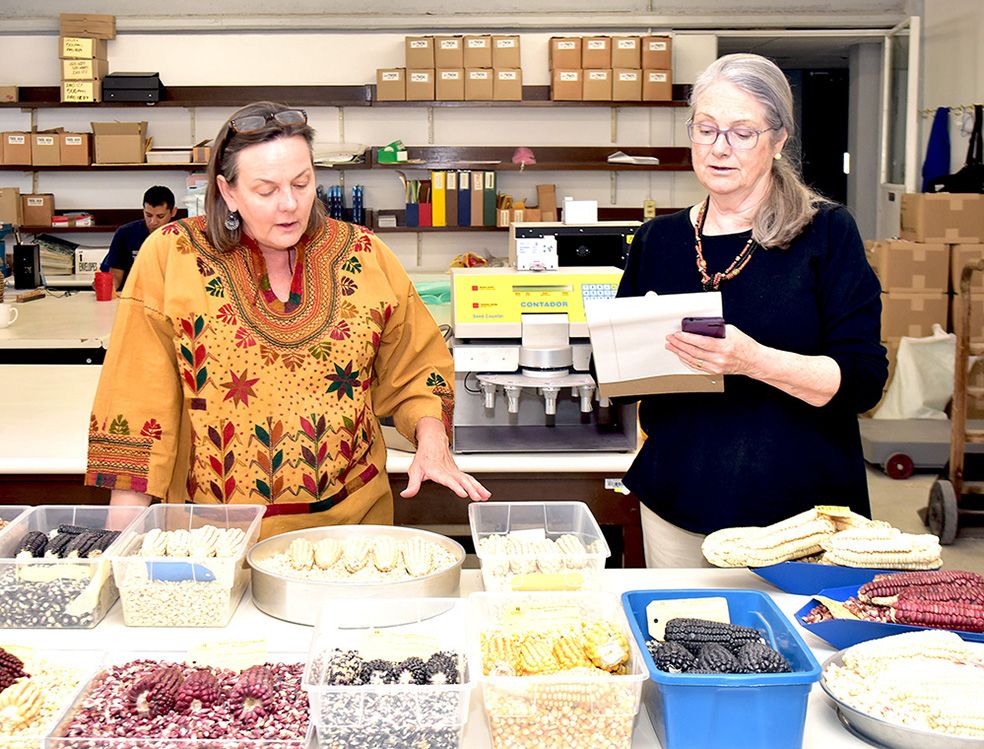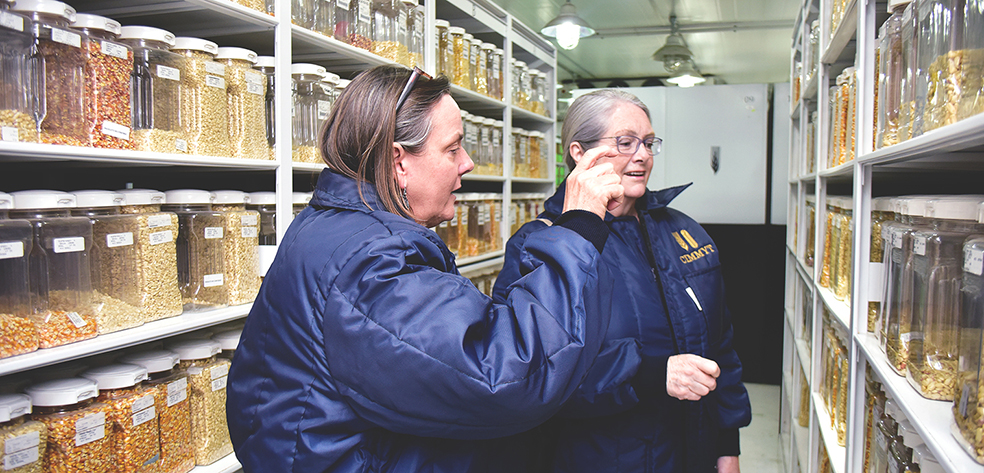The Guardians of Diversity: The Work of Carolina Sansaloni
Carolina Sansaloni, Curator of the Wheat Collection at the Germplasm Bank and a specialist in genotyping highlights the role of women in preserving agricultural biodiversity and encouraging new generations to pursue their passion for research.
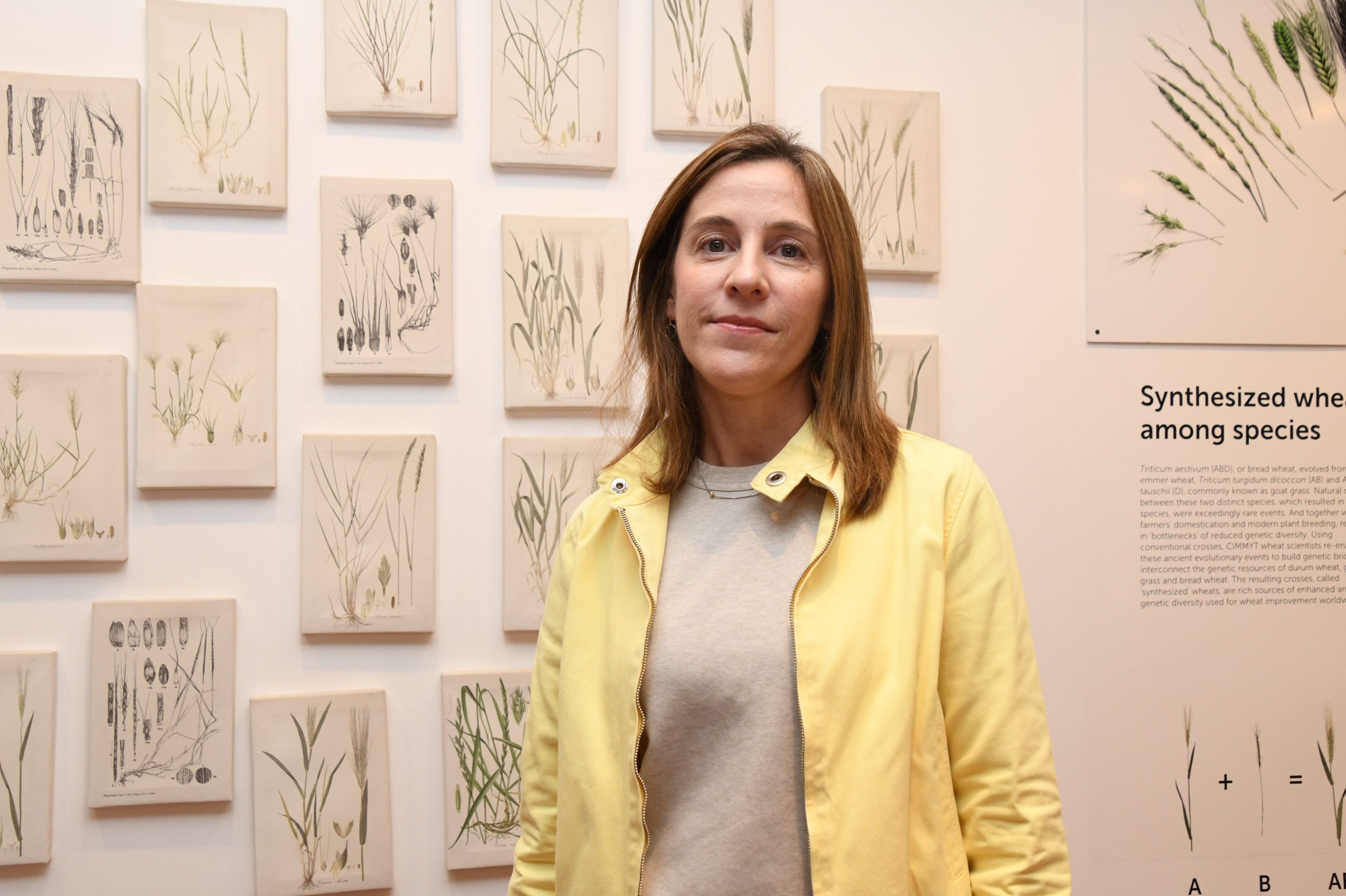
Since childhood, Carolina Sansaloni has been fascinated by nature and genetics. Her desire to find answers led her down a challenging path, but one that ultimately brought her to where she is today: Curator of the Wheat Collection at CIMMYT’s Germplasm Bank, one of the most important in the world. Her work, and that of her team, is fundamental to food security and nutrition, ensuring the protection and accessibility of wheat and maize genetic diversity to meet the challenges of climate change and growing food demand.
“For me, the greatest satisfaction is knowing that what we do at CIMMYT helps more people put food on their tables. It’s not an individual effort; it’s a collective effort for a greater good,”
But the Germplasm Bank’s impact goes beyond conservation. Its team of scientists, technicians, laboratory staff, and field workers plays a critical role in research and safeguarding one of the world’s most valuable collections of maize and wheat. From seed collection and storage to characterization and distribution for genetic improvement programs, each woman on this team is an essential part of CIMMYT’s mission: generating science and innovation for a food-secure and fed world.
The journey for women in science has not been easy. Sansaloni acknowledges that while she has had mentors and support throughout her career, many women still face challenges in the scientific field.
“A woman’s voice in science has to be earned. We face obstacles, but with perseverance, support, and determination, we can overcome them,” she says.
Leaving her home in Argentina to pursue her passion was one of her biggest challenges. “The biggest challenge was leaving my environment, my family, my friends, but I knew that my motivation was science and its power to change the world.” Today, her story inspires many young women to embrace their curiosity and pursue careers in science.
To girls who dream of science, she says, “Explore, question, discover. With effort and dedication, nothing is impossible.”
To parents, she advises: “Encourage your children’s curiosity, let them make their own choices, and you will be amazed at their ability to innovate.”
We honor all the professionals at CIMMYT, whose knowledge, commitment, and dedication are key to achieving a world of food security and nutrition.
If you’ve ever dreamed of changing the world, science is a great place to start.
